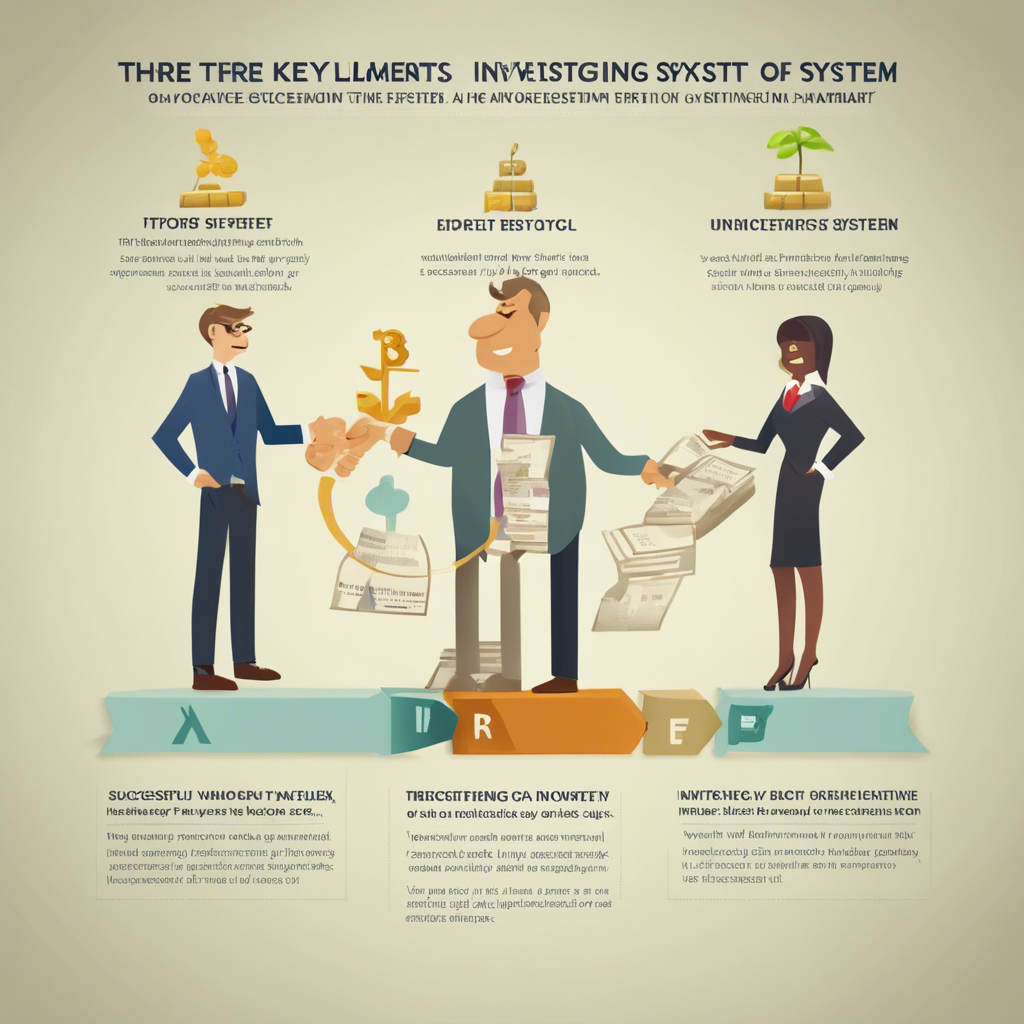Barbara Corcoran Reveals Her “Golden Rule” for Real Estate Investing

The real estate mogul shares her tried and true method for success in the industry
Barbara Corcoran, the renowned real estate investor and star of Shark Tank, has built a fortune of approximately $100 million through her unconventional approach to investing. In a recent appearance on the BiggerPockets Real Estate Podcast, Corcoran shared her “golden rule” for real estate investing, which has been the foundation of her success. By putting down a 20% down payment on investment properties and ensuring that the tenants cover the mortgage, Corcoran has achieved impressive returns in the real estate market. While her method has proven effective for her, experts caution that a one-size-fits-all approach may not be suitable for every investor.
The Golden Rule:
Corcoran’s “golden rule” of real estate investing is straightforward and time-tested. She emphasizes the importance of putting down a 20% down payment on investment properties and having the rental income cover the mortgage payments. This approach ensures that buyers have a manageable monthly payment and increases the likelihood of breaking even quickly on a property.
Corcoran explains that the 20% down payment rule is crucial because it reduces the risk of high monthly payments, especially in a market where housing prices and mortgage rates continue to rise. By adhering to this rule, she has been able to make gains on her properties sooner and minimize financial risks.
Market Conditions and Individual Factors:
While Corcoran’s golden rule has worked well for her, other real estate investors caution against a one-size-fits-all approach. Market conditions and individual factors can significantly impact investment strategies. Alex Blackwood, CEO and co-founder of real estate investment platform Mogul Club, emphasizes that each investment protocol is unique and different. Factors such as credit scores, interest rates, and monthly costs can vary, allowing investors to tailor their approach accordingly.
Breaking Even and Beyond:
Corcoran acknowledges that making money on real estate investments during the first year or two is not always realistic. However, breaking even early on, where the rental income covers the mortgage and other expenses, is a positive sign for the property’s future success. This helps investors begin to profit in the second year and beyond.
Ian Formigle, Chief Investment Officer at commercial real estate investing platform CrowdStreet, highlights the importance of leverage and generating monthly income through rental properties. By following Corcoran’s golden rule, investors mitigate the risk associated with borrowing money to acquire real estate and create opportunities for wealth appreciation over time.
Long-Term Strategy:
Corcoran’s success in real estate investing underscores the importance of patience and a long-term outlook. She shares an example of a property she bought using her 20% down method, which she held onto for 20 years before selling it at a substantial profit. While the process may take time, Corcoran advises against prematurely withdrawing money from investment properties. Instead, she recommends allowing the properties to mature and generate cash flow before considering any financial gains.
Conclusion:
Barbara Corcoran’s “golden rule” of real estate investing, putting down a 20% down payment and ensuring tenants cover the mortgage, has been the foundation of her success in the industry. While this approach has proven effective for her, it may not be suitable for every investor. Market conditions, individual factors, and a long-term outlook are essential considerations in real estate investing. By following these principles and adapting strategies accordingly, investors can increase their chances of success in the dynamic and ever-changing real estate market.










